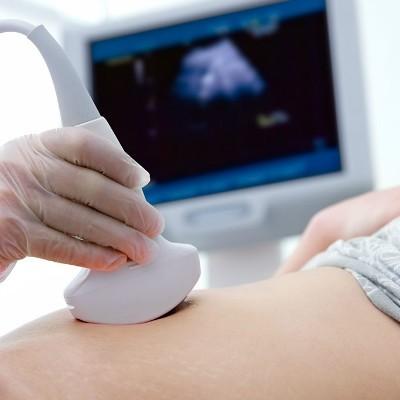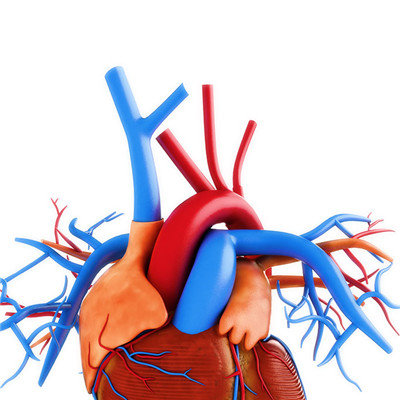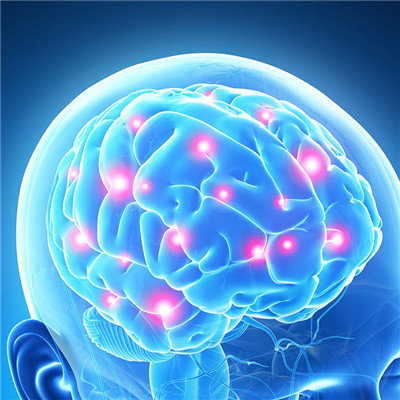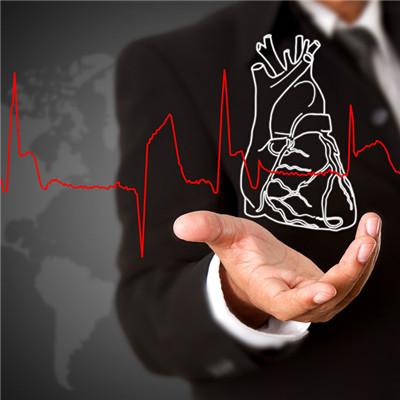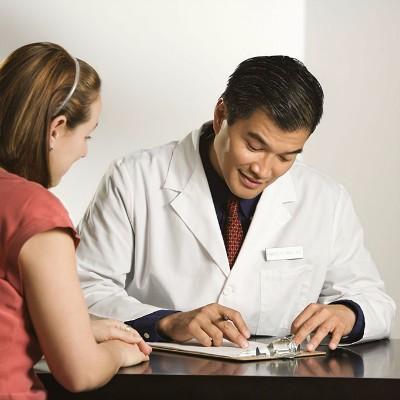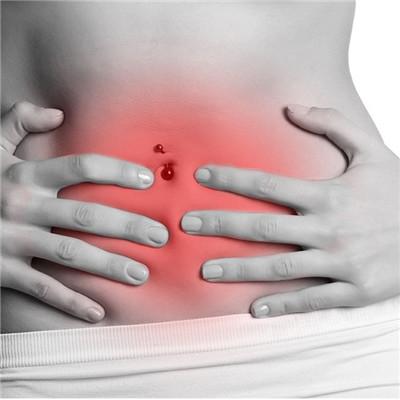Symptoms of ulcerative gastritis
summary
Ulcerative gastritis is a common digestive tract disease, can occur in the esophagus, stomach or duodenum, can also occur near the stomach jejunal anastomosis or contain gastric mucosa Meckel diverticulum, because gastric ulcer and duodenal ulcer are the most common, so the so-called peptic ulcer refers to gastric ulcer and duodenal ulcer. It is called peptic ulcer because it was previously thought that gastric ulcer and duodenal ulcer were formed by the digestion of gastric acid and pepsin on the mucosa itself. In fact, gastric acid and pepsin are only one of the main causes of ulcer formation, and there are other causes that can form peptic ulcer. Because the etiology and clinical symptoms of gastric ulcer and duodenal ulcer have many similarities, sometimes it is difficult to distinguish between gastric ulcer and duodenal ulcer, so it is often diagnosed as peptic ulcer, or gastric and duodenal ulcer. If the ulcer can be identified in the stomach or duodenum, it can be directly diagnosed as gastric ulcer or duodenal ulcer. Now let's talk about the symptoms of ulcerative gastritis.
Symptoms of ulcerative gastritis
1. Epigastric pain is the main symptom of the disease. Most of them are located in the upper abdomen, or in the left upper abdomen or behind the sternum and xiphoid process. It is often dull pain, dull pain, distending pain and burning pain. The pain of gastric ulcer mostly appeared within 1 hour after meal, and gradually relieved after 1-2 hours, until the above rhythm reappeared after the next meal. Some patients may be asymptomatic, or bleeding, perforation and other complications as the first symptom.
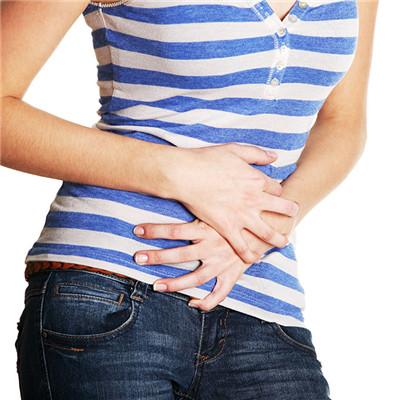
2. The pain of gastric ulcer is a chronic process with periodic attack. The attack alternates with spontaneous relief. The upper abdominal pain is rhythmic. It can be relieved after eating or taking anti acid drugs. The therapeutic effect of anti acid drugs or anti ulcer drugs is better.

3. Fecal occult blood test of patients with gastric ulcer is positive in active period, but it can turn negative after treatment. Gastric ulcer may have no obvious symptoms or occult symptoms, the typical symptoms are: epigastric pain, located under the xiphoid process (heart pit) or around the midline of epigastric, burning, biting or starving dull pain, distending pain or occult pain.

matters needing attention
(1) Eat less fried food, because this kind of food is not easy to digest, will increase the burden of the digestive tract, eat more will cause indigestion, but also increase blood lipids, adverse to health( 2) Eat less pickled food, these foods contain more salt and some carcinogens, should not eat more( 3) Eat less cold and irritating food, cold and irritating food has a strong stimulating effect on gastrointestinal mucosa, easy to cause diarrhea or gastrointestinal inflammation( 4) Regular diet research shows that regular meals, regular and quantitative, can form a conditioned reflex, contribute to the secretion of digestive glands, more conducive to digestion( 5) Timing and ration should be appropriate for each meal, 3 meals a day( 6) The temperature suitable for diet should be "not hot, not cold"( 7) Chew and swallow slowly to reduce gastrointestinal burden. The more times you chew the food, the more saliva you secrete, which can protect the gastric mucosa.
